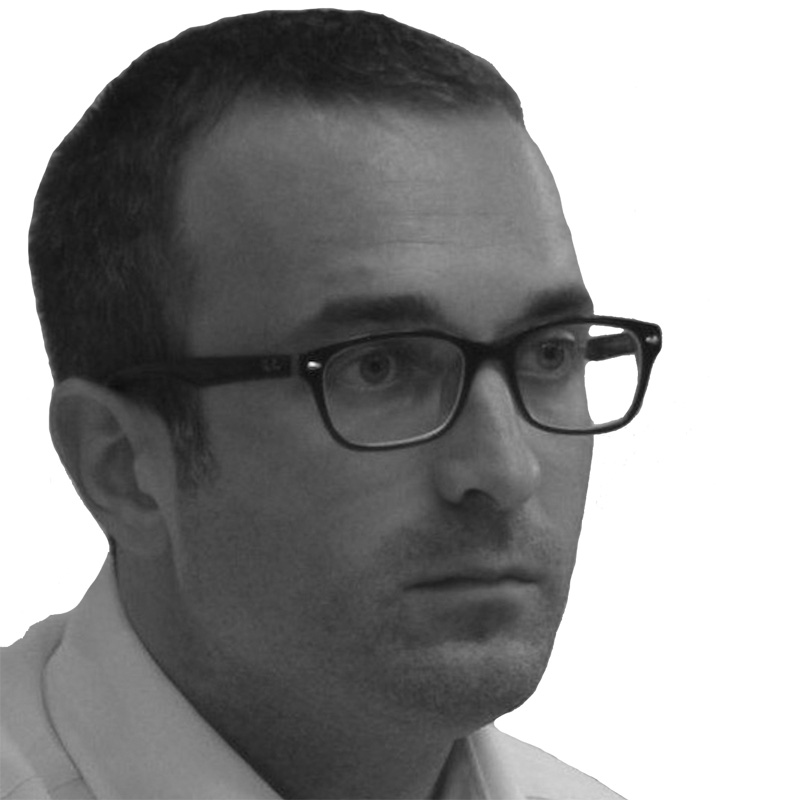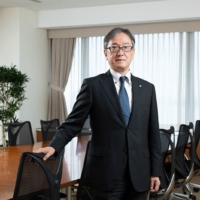
Jon Mitchell
Jon Mitchell writes about human rights issues on Okinawa. In 2015, he received the Foreign Correspondents' Club of Japan Freedom of the Press Award for Lifetime Achievement for his investigations into U.S. military contamination on Okinawa and other base-related problems.
Dec 4, 2012
Dec 4, 2012
Nov 11, 2012
Aug 19, 2012
Aug 7, 2012
Aug 7, 2012
Jul 8, 2012
Jul 8, 2012
Jun 15, 2012
May 13, 2012
Mar 6, 2012
Dec 17, 2011
Nov 30, 2011




























